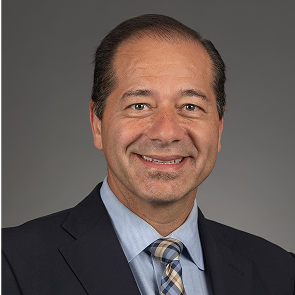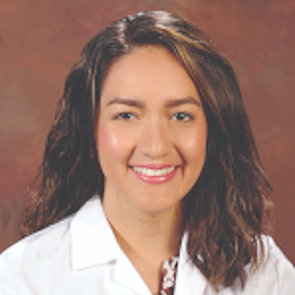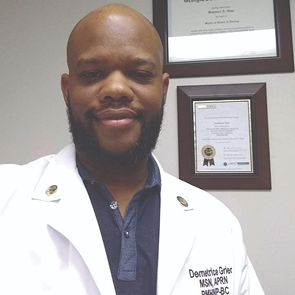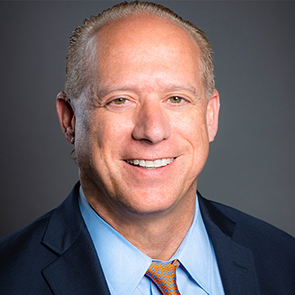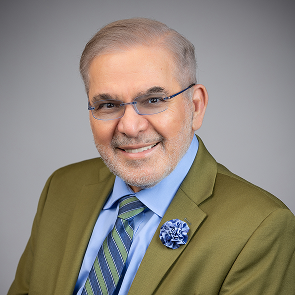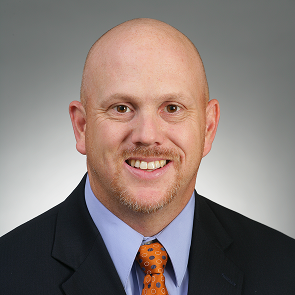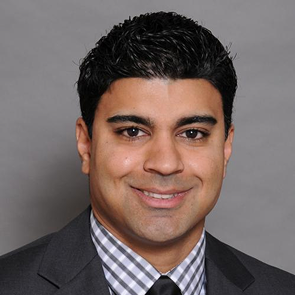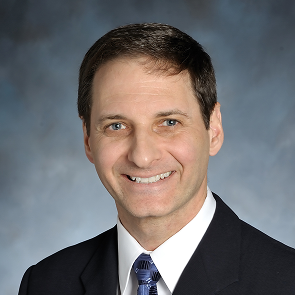Movement
Do you have extra or unwanted movements in your body?
Impact
Do you feel embarrassed or self-conscious about movements in your body?
Notice
Has someone else seen extra movements in your body?
Daily Activities
Do any movements cause problems during your daily routine?
Thorough Interview
Learn more by asking the right questions.
Differentiate
Look for movements while the patient performs activation maneuvers and is at rest.
MIND-TD is a faculty-led initiative intended to:
- Increase awareness and identification of TD in clinical practice as a true medical condition1
- Educate on the differential diagnosis of TD from other movement disorders1
This expert-developed educational ecosystem comprises a compendium of resources for all clinical team members to facilitate identification of TD and differentiation from other movement disorders.
This faculty-led educational initiative offers a wide array of resources on the MIND-TD website, covering:
- Prevalence and risk factors for TD
- Pathophysiology of TD and how it differs from those of other drug-induced movement disorders
- The physical, psychological, and functional impact of TD across the severity spectrum
- Information on how to screen for TD and how to conduct an AIMS assessment
- Differential diagnosis to distinguish TD from other drug-induced movement disorders
- Guideline recommendations on the management of TD
The MIND-TD website features real-world patient cases depicting mild, moderate, and severe TD. These cases highlight symptomatic presentations and best practices for screening and assessment. Insights are provided by movement disorder specialists, neurologists, psychiatrists, nurse practitioners, and physician assistants.
Sincerely,
The MIND-TD Faculty
Faculty
Learn more about the doctors, professors, and experts behind MIND-TD. Faculty have been compensated by Neurocrine Biosciences, Inc.
